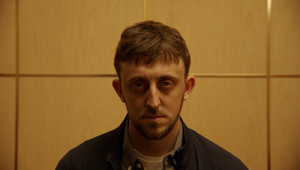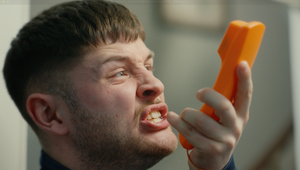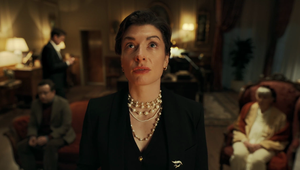
42Branded’s Directors on Finding Stillness in Music

‘Core’, the latest haunting track by Polish composer Stefan Wesołowski, is a powerful example of the potential of music videos as a platform for creative experimentation.
Directed by longtime collaborators and 42Branded directors Helena Ganjalyan and Bartosz Szpak, the film transforms a concrete cityscape into a stage for quiet resistance and fleeting rest.
Shot in black and white and shaped by the rhythms of movement rather than plot, the piece channels the stillness and surrender of inemuri, a Japanese cultural phenomenon that reflects both exhaustion and commitment.
With no budget, one day to shoot, and only natural light to guide them, Helena and Bartosz turned limitations into poetic strength, crafting an intimate, physical, and deeply human reflection on the weight we carry through modern life.
The duo unpack the creative process behind ‘Core’ when speaking to LBB’s Olivia Atkins, sharing their long-standing artistic bond with Wesołowski and the challenges and revelations of shooting within the chaos of the city.
LBB> What was the initial brief you received from Stefan Wesołowski, and how closely did you collaborate throughout the process to bring this vision to Life?
Helena & Bartousz> Stefan shared that he wanted to explore the ‘human’ side of the story, the appearance of humanity within nature. He was looking for something abstract and rich in meaning that wasn’t necessarily strictly narrative. We first had a phone conversation to exchange ideas, followed by a second call where we briefly outlined our concept. From there, he gave us full creative trust and only saw the final result later.
Helena> We’ve known each other for over a decade, and Stefan has often composed music for theatre pieces that I’ve directed. This was the first time I had created something to accompany his music, rather than the other way around. But when you find someone who resonates creatively with you, the process becomes a truly enjoyable and trusting act of collaboration.
LBB> From the outset, did you know you wanted to shoot the video in black and white, and what did this add to the project?
Helena & Bartousz> We envisioned the film in black and white from the very beginning because Stefan’s music led us there instinctively. We discussed the idea with our brilliant cinematographer, Tymoteusz Pieszka, who immediately supported that concept. We wanted to explore the full spectrum of black and white, look for textures, reflections, contrasts, everything that could enrich the image within this palette. It was crucial to keep the colour tones in mind while searching for locations and choosing costumes.
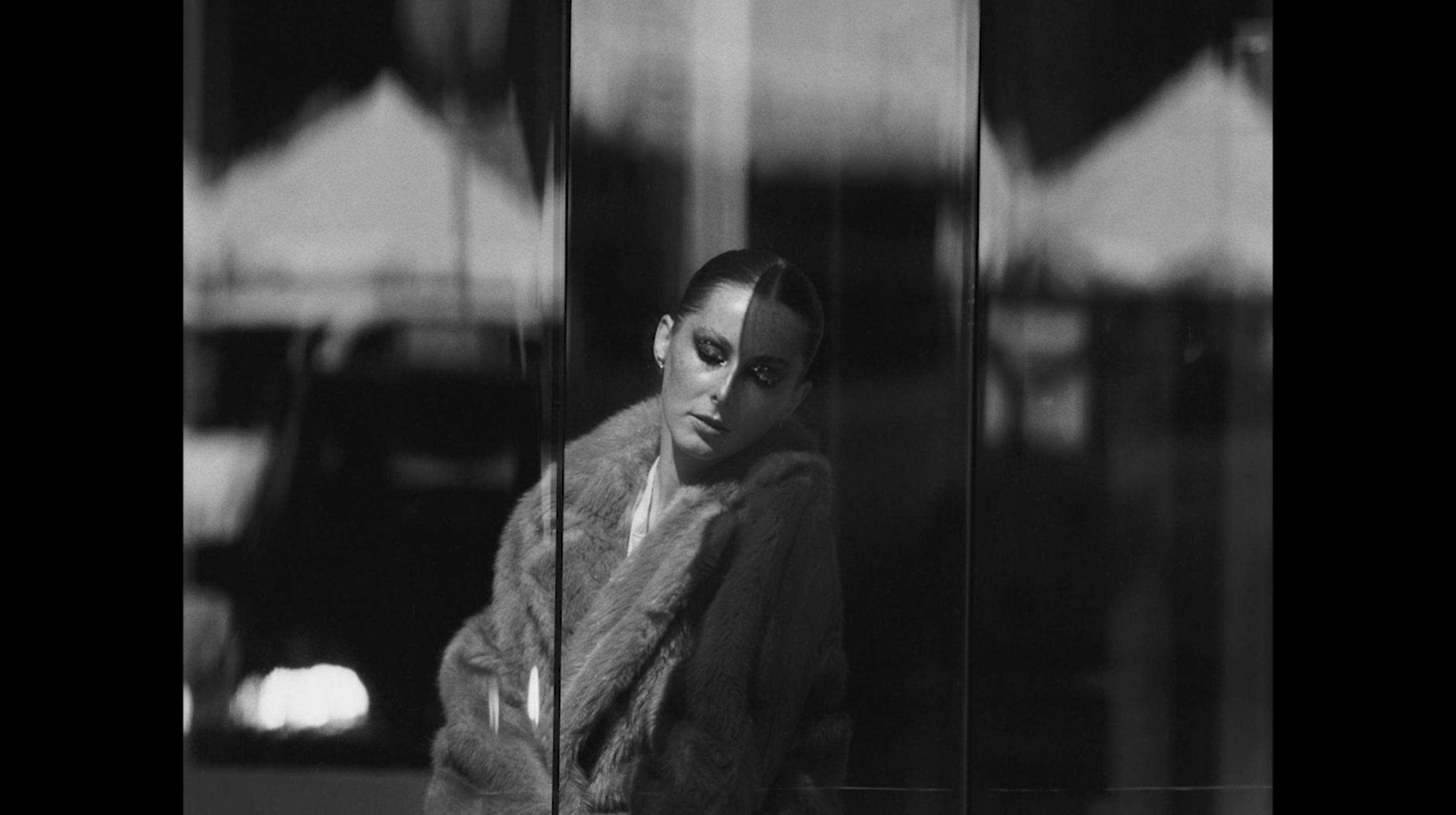
LBB> The track carries a deeply melancholic and peaceful tone, while the visuals explore human vulnerability within the relentless pace of urban life. How did the music influence the visual narrative and tone of the piece?
Helena & Bartousz> The track sparked a lot initially when we worked on early clips of the video. The tone of the track really shaped our vision and inspired us to push against its pace in certain moments. While the track has a slow, meditative tempo, we looked for dynamic counterpoints in choreography and in editing. We wanted to create moments of surrender and resistance to demonstrate the characters struggling against the current rather than flowing with it.
LBB> The concept draws inspiration from the Japanese idea of inemuri, the practice of sleeping in public as a reflection of dedication and exhaustion. How did this idea inform your creative direction, both visually and conceptually?
Helena> I’ve sat on this concept for a while, after seeing a photo reportage from Japan, and the images really stayed with me. While brainstorming ideas for ‘Core’, these images came back to me, and they resonated with Stefan’s music.
From there, the concept evolved, and we began developing characters and situations to observe them in. The original photographs mostly depicted male corporate workers, but we wanted to expand this representation across age, gender, and background in our visuals to make the experience seem more universal.
Movement and choreography naturally became an extension of that exploration. People tend to associate sleep with being passive, so adding movement to this action was an exciting challenge. We thought about how to make sleep feel kinetic and embedding micro-textures, more breath, and suspension into the dance.
Helena & Bartousz> But we didn’t want it to feel staged. We wanted to tell the story through using the body, embracing rhythms, and figuring out how to create deep intimacy with presence.
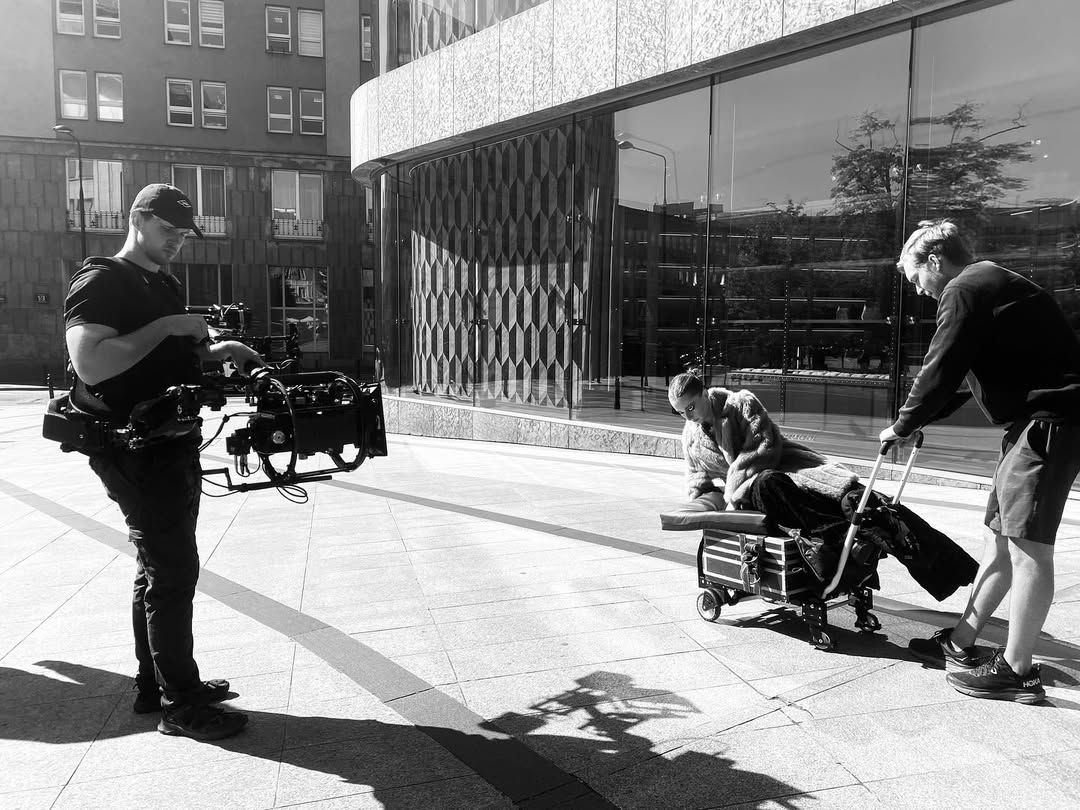
LBB> What were some of the biggest production challenges you faced during the making of this video, and how did you navigate them?
Helena & Bartousz> We had basically no money. Let’s start there – that meant no interior shoots, no post-production, and only one day of filming with a super small crew.
But we leaned into the constraints and had to think creatively. We had to make our characters appear as if they were floating without any rigging and agree on how to capture five character stories in a short time. Another consideration was how to make sure our locations were visually appealing and close enough geographically so that we kept to our schedule.
We focused on in-camera tricks — shifting perspective through camera work, not post-production. We relied on the dancer's physicality and the camera’s point of view to evoke a dreamlike, weightless quality — all without special effects. It was a puzzle, but with the right people and an open mindset, it came together.
LBB> The video feels incredibly human and intimate, despite being shot in the middle of a busy, indifferent city. How did you approach that balance?
Helena & Bartousz> We carefully selected locations where we knew we’d have “free extras” — busy public spaces that would still allow for intimacy. We worked with a small, agile crew and minimal lighting gear, relying mainly on natural light and its reflections. We aimed to be invisible while shooting — none of the spaces were closed off, everything unfolded in real-time.
The choice of lenses was also key: we used Master Primes for some portraits and a long zoom lens that allowed us to observe from a distance. And of course, our cast, who brought extraordinary depth. We guided them into a state of presence and vulnerability that really grounded the entire piece.
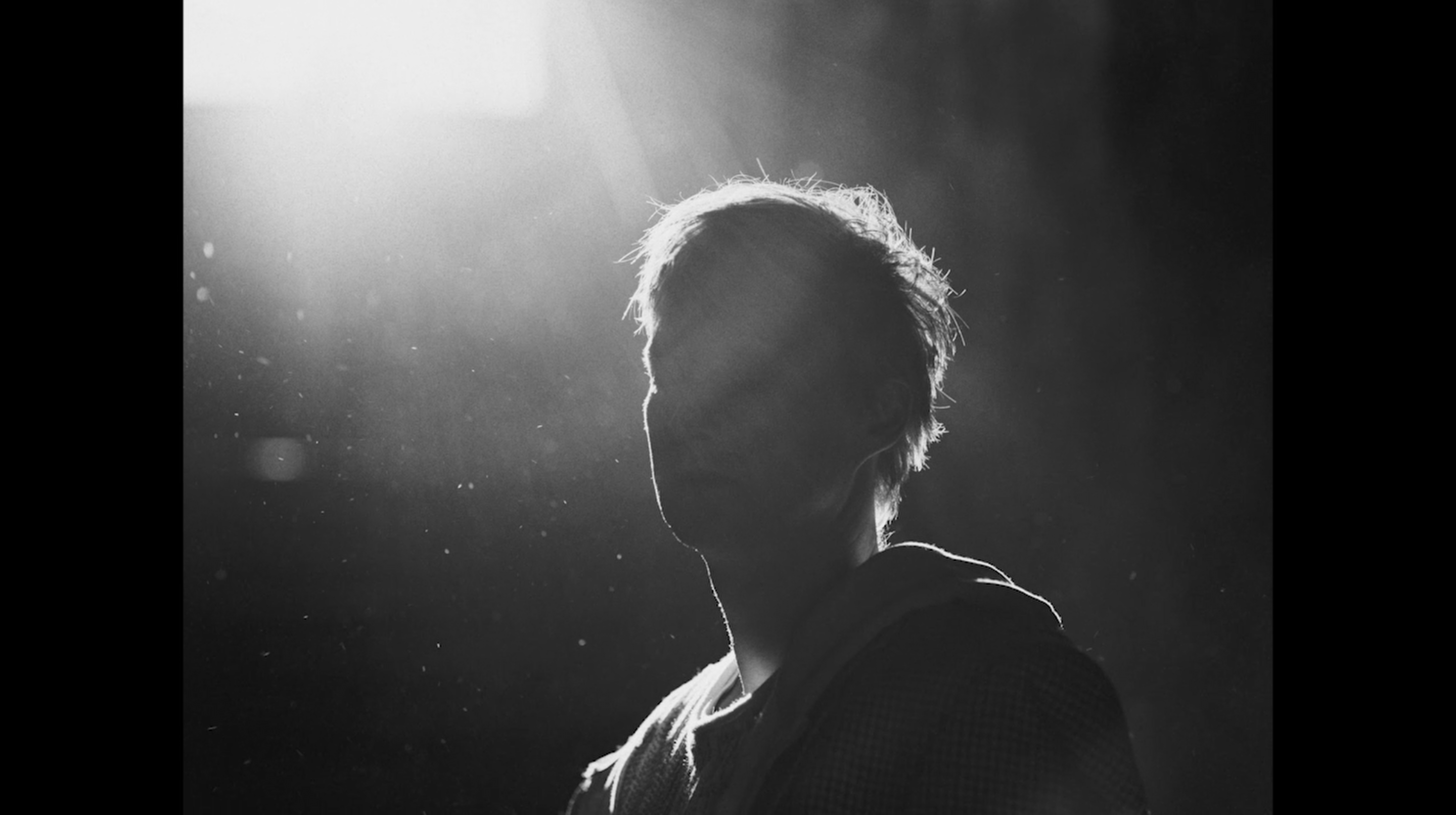
LBB> In a time where the music video landscape is constantly evolving, what role do you think music videos still play a significant role in the broader creative industry today?
Helena & Bartousz> For us, music videos have always been an incredibly important medium. It’s painful to see how shrinking budgets and fast-paced content demands have diminished their perceived value. Too often now, artists are pressured to produce quick content, just to “keep things moving” at the Spotify canvas.
But we believe music videos are a fully valid cinematic form. They offer immense creative freedom — a space to experiment, to explore new narrative languages. And they still hold great power: they can amplify music’s emotional impact, deliver an artist’s message more fully, and connect with audiences in a profound way. We still deeply believe in their artistic potential.










